The world of badminton has witnessed astonishing feats of power and precision, with smash speeds reaching levels that defy human reflexes. Among the most electrifying aspects of the sport is the sheer velocity a shuttlecock can achieve when struck by elite players. The physics behind these blistering smashes involves a perfect storm of technique, racket technology, and raw athleticism.
At the heart of badminton's fastest shots lies the overhead smash - an aggressive, downward strike that often decides points in professional matches. When Malaysian star Tan Boon Heong unleashed his 493 km/h (306 mph) world record smash in 2013 during a laboratory test, it redefined what scientists believed possible in racket sports. This staggering speed, achieved using a specialized racket under controlled conditions, surpassed even the fastest recorded tennis serves.
Real-match smash speeds typically range between 300-400 km/h (186-249 mph) among top male players, with women's world-class players delivering smashes in the 250-350 km/h (155-217 mph) range. These velocities make badminton smashes the fastest racket sport shots in actual competition, outpacing tennis and squash by significant margins. The difference stems from badminton's unique equipment - the shuttlecock's conical shape and feathered construction allow it to withstand and maintain extreme speeds that would deform tennis balls.
Several physical factors contribute to these extraordinary speeds. Players generate tremendous racket head velocity through a kinetic chain that starts from their legs, transfers through torso rotation, and culminates in a whipping motion of the arm and wrist. The final wrist snap before impact can add up to 50 km/h to the shuttlecock's speed. Modern carbon fiber rackets, weighing as little as 80 grams yet capable of withstanding immense tension, serve as perfect energy transfer tools.
The aerodynamics of shuttlecocks present a fascinating paradox. While their open conical shape creates significant drag that rapidly decelerates the projectile after impact, this same design allows them to reach higher initial speeds than solid balls when struck perfectly. The feathers or synthetic skirt stabilize the shuttlecock's flight during its initial high-speed phase before the drag effect becomes dominant. This explains why smashes are most effective when hit steeply downward - the shuttlecock crosses the net at maximum velocity before opponents can react.
Court conditions dramatically affect smash speeds. Temperature, humidity, and altitude all influence air density and thus the shuttlecock's flight characteristics. At high-altitude venues like Mexico City, smashes travel faster due to thinner air offering less resistance. Conversely, humid conditions can add minute amounts of water weight to feathered shuttlecocks, marginally reducing their speed. Professional players constantly adjust their smash techniques based on these environmental factors.
Technological advancements continue pushing the boundaries of badminton smash speeds. High-speed cameras capturing movements at 1000+ frames per second reveal that elite players make contact with the shuttlecock for just 0.004 to 0.006 seconds during a smash. Racket manufacturers experiment with new materials and stringing patterns to maximize energy transfer during this brief contact window. Meanwhile, sports scientists study muscle activation patterns to help players optimize their power generation.
The psychological impact of high-speed smashes cannot be overstated. Facing a 400 km/h projectile demands extraordinary reflexes - the shuttlecock can travel from racket to floor in under 0.3 seconds. Defenders often react before consciously seeing the shot, relying on anticipatory cues from the smasher's body position. This creates an exhilarating cat-and-mouse game where attackers disguise their smashes while defenders gamble on shot direction.
As training methods evolve and equipment improves, the upper limits of badminton smash speeds will likely continue rising. However, the sport's governing body maintains strict equipment regulations to preserve the essential character of badminton. While players may occasionally surpass 500 km/h in laboratory conditions, the artistry of placing devastating smashes within the confines of a badminton court remains the true measure of excellence in this electrifying aspect of the game.
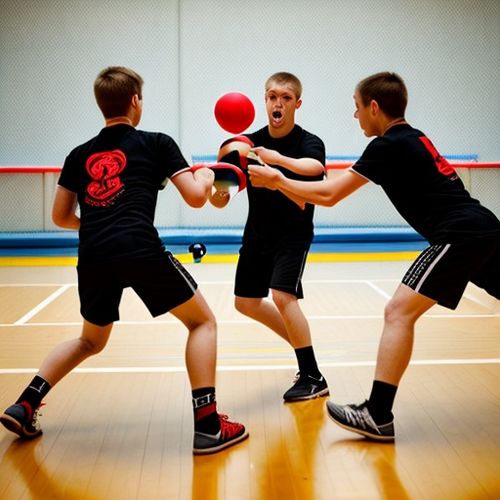
By Christopher Harris/May 8, 2025
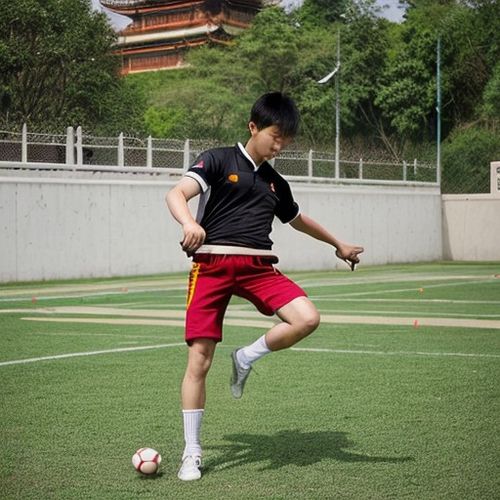
By Laura Wilson/May 8, 2025
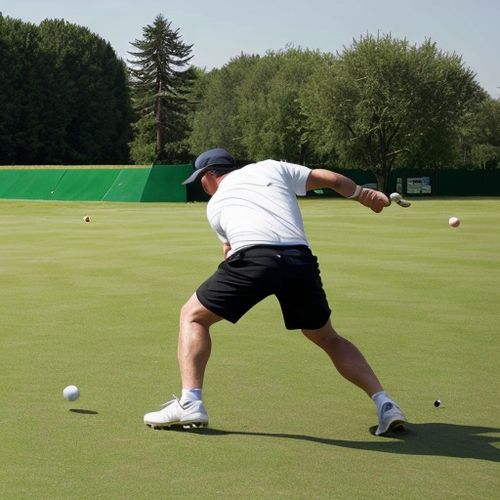
By Amanda Phillips/May 8, 2025
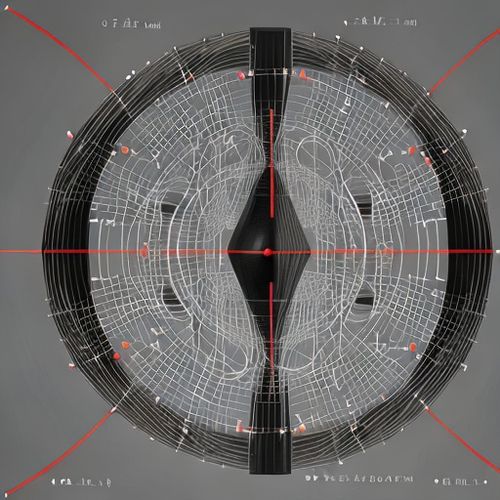
By William Miller/May 8, 2025
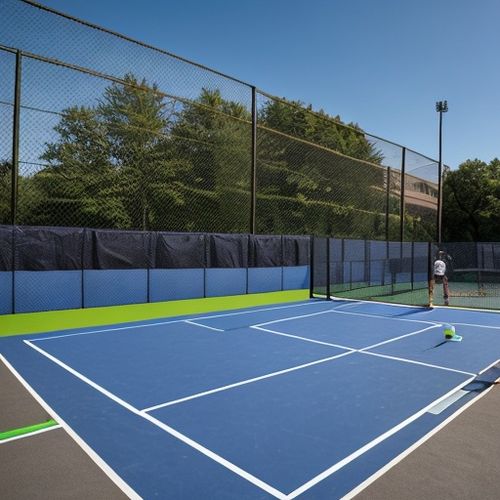
By Noah Bell/May 8, 2025
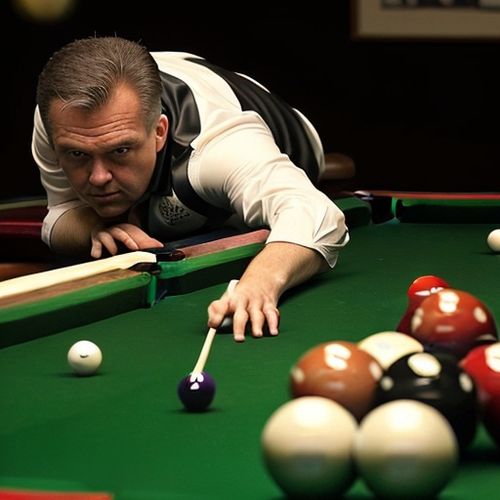
By Elizabeth Taylor/May 8, 2025
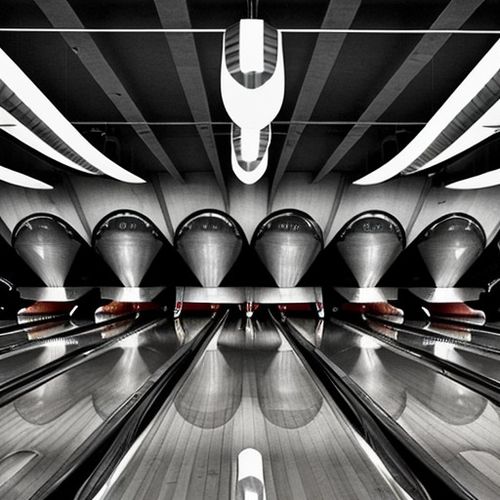
By Joshua Howard/May 8, 2025
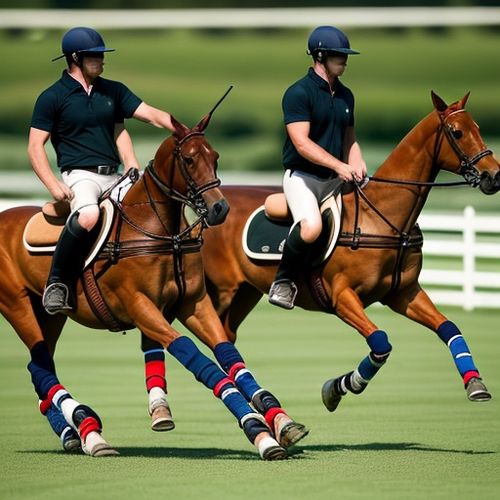
By Ryan Martin/May 8, 2025
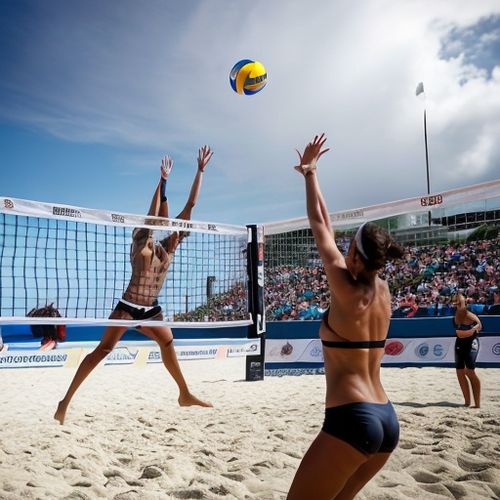
By George Bailey/May 8, 2025

By Natalie Campbell/May 8, 2025
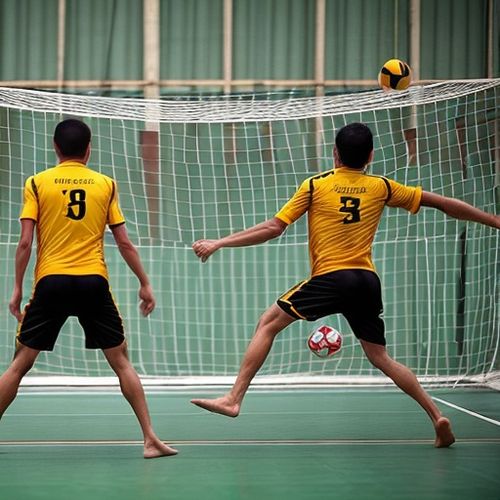
By Joshua Howard/May 8, 2025
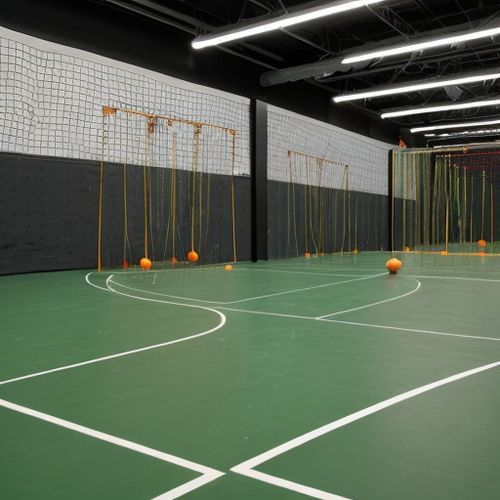
By Elizabeth Taylor/May 8, 2025
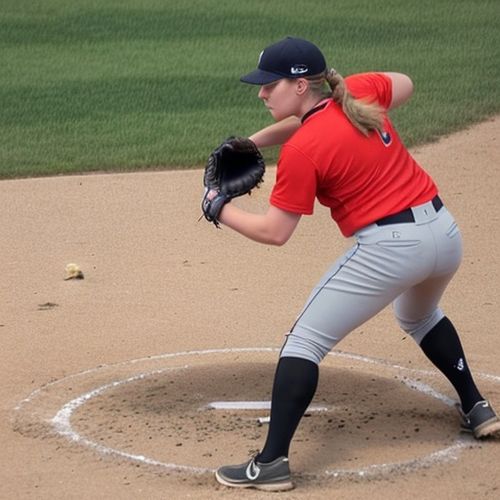
By Samuel Cooper/May 8, 2025
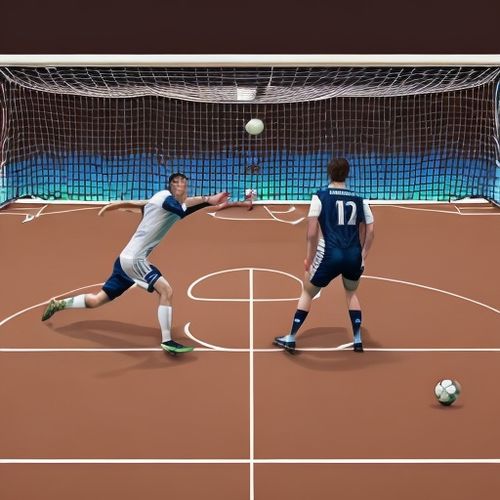
By Joshua Howard/May 8, 2025
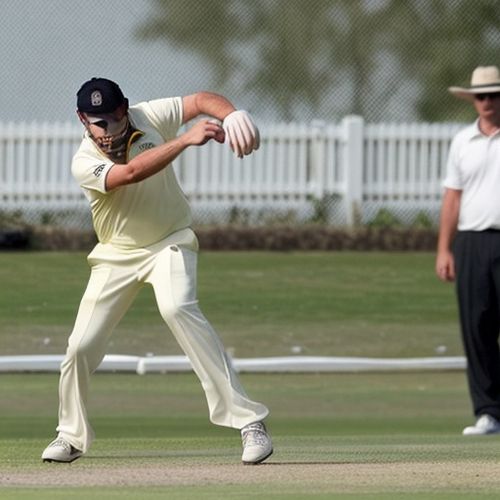
By Grace Cox/May 8, 2025
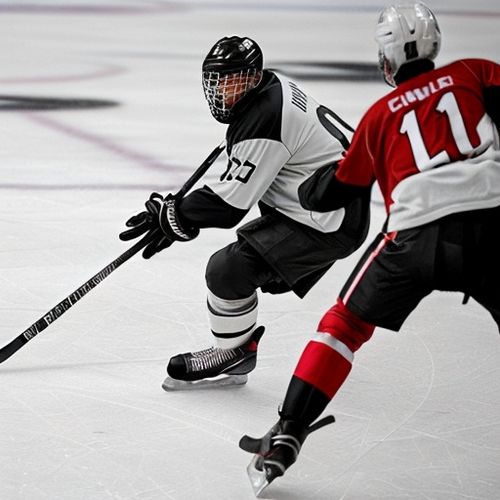
By Christopher Harris/May 8, 2025

By Samuel Cooper/May 8, 2025

By Sophia Lewis/May 8, 2025
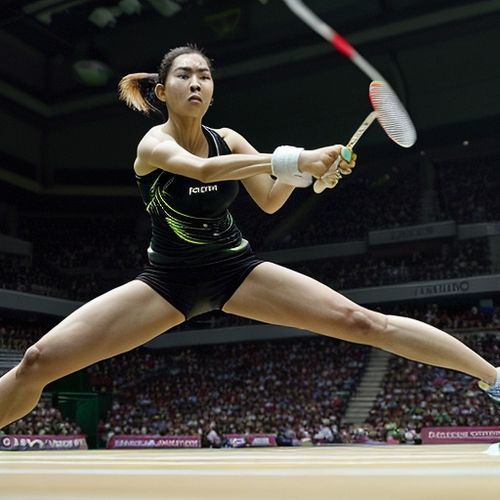
By Eric Ward/May 8, 2025
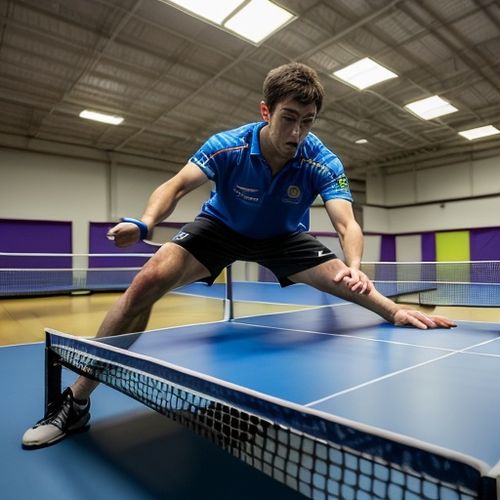
By Sarah Davis/May 8, 2025